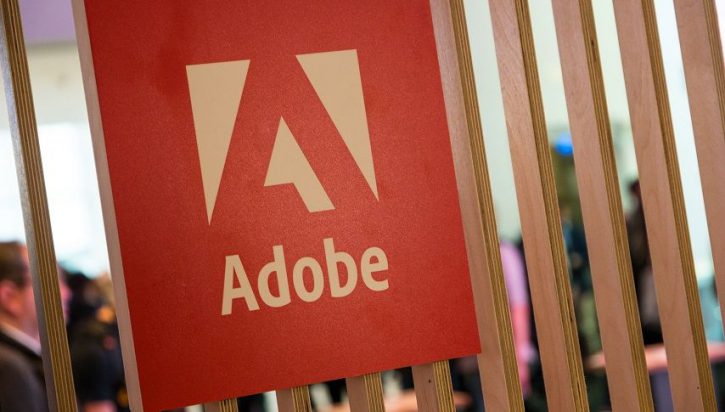
Explaining Adobe’s US$1.7 Billion Deal to Buy Magento
On 21 May 2018, Adobe announced they are buying the popular ecommerce platform Magento for US$1.68 billion. The announcement is not that surprising. Adobe has been trying to get a cloud-based ecommerce solution for quite some time. Magento will fill an obvious gap in Adobe’s portfolio of products.
Why Adobe needs an ecommerce platform
Most people know Adobe for their graphic design products like Photoshop, Illustrator, XD etc. But that’s only a part of what they do. Adobe also provides analytics, advertising, and marketing solutions for businesses through their Experience Cloud platform, competing with other cloud-based business services providers like Salesforce, SAP and Oracle.
If you look back at Adobe’s acquisition history, you’ll clearly see the company has been trying to build an end-to-end cloud-based system for their clients as businesses today continue to look for integrated solutions.
Plugging together Adobe’s disparate products was getting more difficult for them, eventually resulting in Adobe aiming to build a mega-platform that covers the digital customer experience market from top to bottom. The only missing piece for them was an ecommerce CMS.
To remedy that, Adobe attempted to buy Hybris in 2013. But they lost the bid against SAP. Next, they supposedly tried to buy Demandware in 2016 but lost the deal to Salesforce. Oracle had already bought the ecommerce software company ATG in 2011. So by 2018, it was getting quite late to enter the game.
Now with Magento under its belt, Adobe can finally compete head-to-head with Salesforce, SAP and Oracle. It also puts Adobe against other ecommerce platforms like Shopify, BigCommerce and OpenCart.
Future of open source Magento
Magento is basically an open-source platform though there’s also a paid version. Historically the open source one has been the vibrant and powerful version that developers build on, and in recent years they have been pushing the platform even more towards a community-driven development. But the takeover by Adobe will likely change everything.
In an official blog post, Adobe stated that it recognises the value of Magento’s open-source community, but Adobe’s history with open-source technologies says otherwise. For example, Adobe acquired open-source-powered Day Software in 2010 but then buried its open-source nature over the years. The prolonged drama over Adobe’s Flash and Apple may also have been avoided had Adobe made it available to the open-source community.
How Adobe will integrate Magento into its existing cloud-based platform is also an intriguing question, as Adobe Experience Manager and Magento have many overlapping features. Will Adobe disassemble Magento, taking those features and turning them into a component of its Experience Cloud? Will Adobe limit Magento’s integration with Adobe competitors?
These possibilities have created uncertainty in the Magento community as by buying Magento; Adobe has basically bought years of contribution and hard work of open source developers. Whether Adobe has bought Magento for its community power or for its existing codebase and brand name remains to be seen.
Unfortunately, takeovers like this haven’t brought good news for open-source technologies in the past. When Oracle bought Sun Microsystems in 2009, many hoped that it would boost Sun’s open-source products like Java and MySQL. However, Oracle has made a great push to commercialise the products and has not upheld the open-source spirit of Sun. Legal cases like Oracle vs Google have made the open-source community very wary.
Impact on Magento’s Competitors
Adobe’s acquisition has created an interesting problem for Magento competitors, namely eCommerce platforms like BigCommerce, Shopify and WooCommerce (from WordPress) who weren’t directly competing with Adobe in the SMB domain. These companies and their affiliates (including web designers, web developers and resellers) have up until this point been partners with Adobe’s design and publishing products.
After Adobe buys Magento, the scenario changes. Adobe is likely to promote Magento as the go-to ecommerce platform through its products. So the ecommerce platforms who use and promote Adobe products now must look for alternatives, potentially turning them from friends to competitors.
Let’s explain this in another way. Previously, Magento, Shopify, BigCommerce, WooCommerce etc. were parallel competitors and Adobe used to play in the horizontal field serving all these companies with products like Illustrator, Photoshop and XD. But now, by buying Magento, Adobe has gained access to both the horizontal and vertical lines of competition.
This kind of situation usually leads to unfair market advantage which we’re seeing evidence of almost immediately. Even though this deal is still awaiting regulatory approval, the shares of Magento competitor Shopify plunged as much as 5% after Adobe announced the acquisition. It’ll be extremely difficult for ecommerce CMS developers to pit themselves against Adobe as a competitor in the upcoming days.
Conclusion
Magento handles more than $155 billion in gross merchandise volume per year. They also raised $250 million in funding from Hillhouse Capital in January 2017. Adobe needs the versatility and brand image of Magento to gain a strong foothold in the SMB ecommerce market. This acquisition will also help Adobe compete against its enterprise-level rivals like Salesforce and SAP. Buying Magneto is thus a financial and strategic success for Adobe.
Carrying through the hugely valuable existing qualities of the software will ensure the continued success of the platform, from maintaining the old versions of the software, to making it easy to upgrade the version, to releasing exciting new features.
At WebAlive we build open source and commercial Magento sites, so we can only hope that Adobe will never forget the community that made Magento what it is today continue to support the open source version of this popular ecommerce platform.
You read a lot. We like that
Want to take your online business to the next level? Get the tips and insights that matter.

